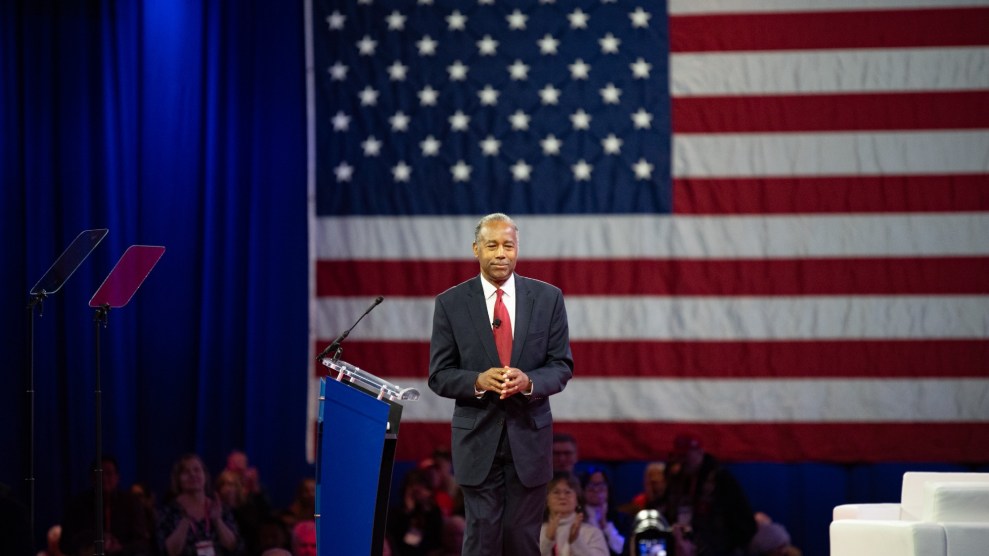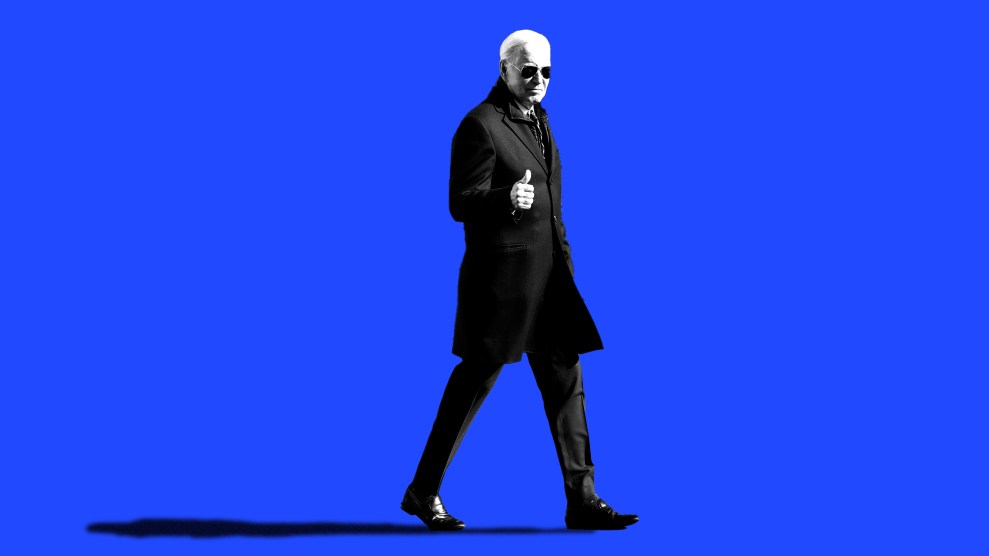By day, Praveen Kumar helps support himself and his family by working in a bicycle repair shop in Thallur, India. By night, and on his few days off, he has until recently led another life as head of a union, recruiting new members, running meetings, and representing the group in international conferences. Kumar just turned 18 and must now step down because he is too old: None of the 14,000 members of his union is older than 17. Some are as young as seven.
In India and across the globe, a growing number of working children are banding together to advocate for livable wages and working conditions. They are a tiny minority of the 250 million children who work worldwide, according to the International Labor Organization (ILO). But their clout is growing as they demand a voice in the fight over whether to abolish child labor — or reform it.
“Decisions concerning children are taken by adults, but the effects are felt by us,” says Kumar. “One thing that children know very, very clearly is that they understand their own situation the best. And they understand what should be done about it.”
But child-worker unions have routinely been shut out of the international debate over child labor. Indeed, the ILO — which is the only United Nations-affiliated agency to give organized labor a voice — has specifically excluded any children’s unions from its current international campaign to eradicate the worst forms of child labor. And the United Nations’ primary document on child labor, the 1989 Convention on the Rights of the Child, was written by adults.
Child labor unions have a rich history. More than 100 years ago, unionized newsboys in New York City waged a successful strike against newspaper barons Joseph Pulitzer and William Randolph Hearst. Brazilian street children founded the first modern children’s union in 1985 and grew so strong that they persuaded the Brazilian Parliament to write a section on children’s rights into the constitution in 1988.
Similar groups have since cropped up in Africa, Southeast Asia, and India — where an estimated 40 million children are part of the workforce. And in 1996, representatives from 33 countries met in Kundapur, India, for the first International Meeting of Working Children.
The delegates challenged the conventional wisdom of many First World child labor reformers. They railed against boycotts of products made by children, claiming such measures deprive children of needed income rather than spark reform. They argued that child labor should not be abolished, but reformed to create “work with dignity, with hours adapted so we have time for education and leisure.” The delegates also demanded “to be consulted in all decisions concerning us, at the local, national, or international level” — a request that has put them at odds with the ILO and other international bodies.
At the heart of that conflict is the fact that many child unions believe children have a right to work, says William E. Myers, a labor scholar who has worked with the ILO and UNICEF. The ILO “can’t accept that,” he says. Robert SanGeorge, the ILO’s chief anti-child-labor campaigner, confirms that the group will never embrace children as “workers” on a par with adults. To do so, he says, would give employers an excuse to prolong their exploitation of children: “We feel strongly that the message can’t be mixed.”
Kumar and others remain determined to have a say. “We have to keep fighting,” he says, “and keep on working for them to listen to us.”















